The tech world just got a fresh shake-up—and it’s massive. OpenAI and Oracle have inked a $30 billion cloud deal that sets the tone for what could be one of the most ambitious infrastructure collaborations in artificial intelligence yet. This isn’t just a headline. It’s a clear signal that scaling AI to meet rising demands is more than a theory—it’s in motion. And the numbers? They speak volumes.
A few years ago, partnerships like this were talked about in vague terms, built around projections and possibilities. But this agreement is concrete, and it draws a clear line between the experimental stages of AI and the urgent need for raw computational muscle. With Oracle stepping in as a cloud partner, OpenAI is aiming to secure more capacity to run its increasingly complex models, many of which are already part of our everyday tech.
Let’s start with the obvious: $30 billion isn't the kind of investment you casually drop into a project. For OpenAI, whose work includes generative models like ChatGPT, the demand for computational resources is always rising. These models don’t just run on inspiration—they run on enormous amounts of data, parallel processing, and infrastructure that can hold up under strain. Oracle, known for its enterprise-grade cloud systems, offers that.
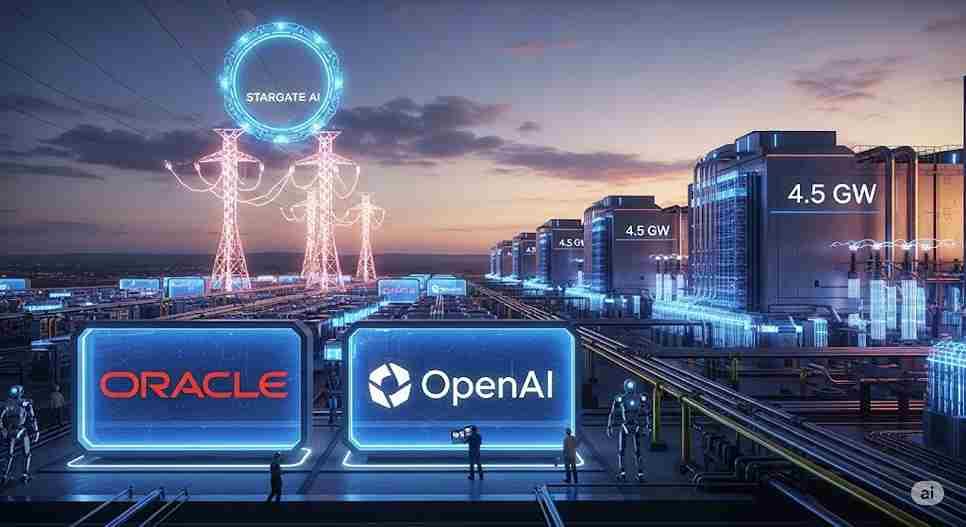
But there's more at play here than just capacity. It's about priority. By choosing Oracle as a core cloud provider, OpenAI isn’t just buying space—it’s aligning itself with infrastructure that’s built to handle industrial-level demand. We're talking about workloads that push the limits of what cloud platforms are supposed to handle.
On Oracle’s side, the deal sharpens its position in the AI race. While competitors like Microsoft and Amazon dominate the cloud chatter, Oracle’s edge lies in performance-per-dollar efficiency. That’s a big deal when you're training AI models that cost millions just to experiment with. The fact that OpenAI is backing Oracle with such a hefty contract? It’s a clear vote of confidence in Oracle’s technical offering.
It’s easy to romanticize artificial intelligence as pure innovation, all algorithms and smart breakthroughs. But what’s often overlooked is the scale of hardware and infrastructure needed to support it. Running models like GPT-4 and the upcoming iterations isn’t just about clever engineering—it’s about having the muscle to run simulations, test edge cases, and handle millions of concurrent users.
This is where Oracle comes in. The company's Gen2 Cloud infrastructure is optimized for high-performance workloads, and unlike older cloud setups, it’s designed to keep performance stable even as demand surges. OpenAI benefits from this kind of consistency, not only in terms of uptime but in maintaining performance levels when demand spikes. That's crucial for anything deployed in real time.
Another factor? Geography. Oracle operates data centers across multiple regions, which makes it easier for OpenAI to distribute its workload and reduce latency. This isn't about shaving seconds off search results; it’s about making sure AI tools work without delays, crashes, or processing bottlenecks—especially when they’re embedded in applications that millions rely on.
Not long ago, the cloud was simply a place to store data. Now, it's where the toughest problems in computer science are being solved. The cloud is where models are trained, refined, and deployed. With this deal, Oracle is effectively becoming one of the engines behind OpenAI's push to do more, faster.
The partnership also speaks to a wider shift: cloud providers are no longer just vendors—they’re strategic collaborators. Oracle isn’t just selling storage or compute time. It’s offering fine-tuned infrastructure aligned with OpenAI’s evolving needs. And that level of integration makes a difference when deadlines are tight and models are pushing the boundaries of what's possible.
Then there’s the economics. Training a single large-scale model can rack up tens of millions of dollars in compute costs. That means even small efficiencies in processing speed or hardware performance can lead to meaningful savings. Oracle’s pitch has long been about delivering high performance at lower costs. Now, with OpenAI as a headline client, it has a case study with real weight behind it.
This partnership won't just affect OpenAI or Oracle—it will ripple through the entire AI community. When an organization like OpenAI locks in a $30 billion agreement, it sets expectations. Suddenly, capacity and reliability become non-negotiable in serious AI work. Small startups and research labs will be watching closely, not just for the tech specs but for what it means to scale without compromises.
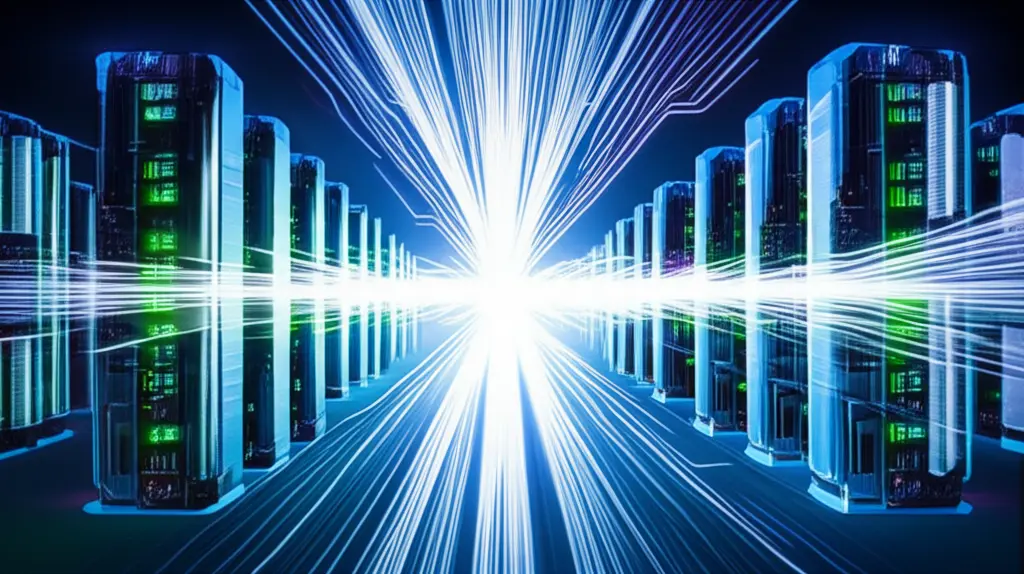
At the same time, cloud players will have to adjust. Oracle's rise in this space challenges the assumption that only a few providers can handle advanced AI infrastructure. If Oracle can support OpenAI at this scale, others will need to prove they can match or surpass that performance, not just in raw speed, but in efficiency, uptime, and regional flexibility.
There’s also a cultural shift underway. As AI continues to be integrated into tools, apps, and platforms, users will expect the same instant responsiveness they get from today’s software. That can’t happen without infrastructure that’s up to the task. In a way, this deal signals that the AI future isn’t just being imagined—it’s being engineered, one server rack at a time.
The OpenAI-Oracle deal isn’t just big in terms of money—it’s big in meaning. It draws a bold line between old assumptions and new expectations in AI development. It shows that building intelligent systems at scale takes more than algorithms—it takes partnerships, infrastructure, and a willingness to think long-term.
For Oracle, it’s a major win. For OpenAI, it’s a critical move to ensure continuity as demand keeps growing. But beyond both companies, this deal signals a growing reality: the age of large-scale AI is here, and it's being built on hardware decisions, not just clever code.
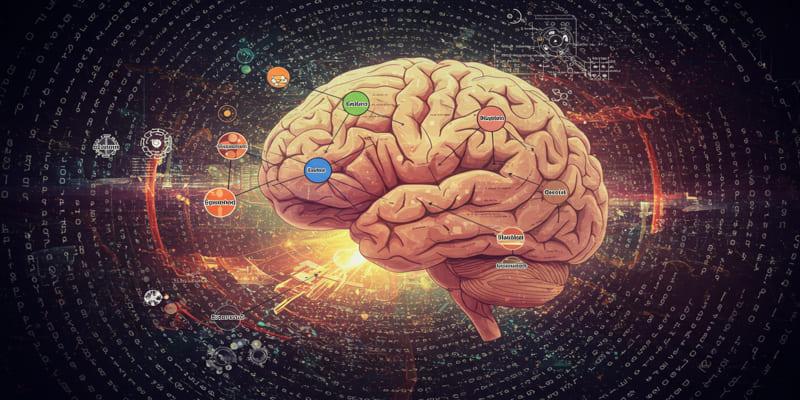
Explore how Advanced Topic Modeling with LLMs transforms SEO keyword research and content strategy for better search rankings and user engagement.
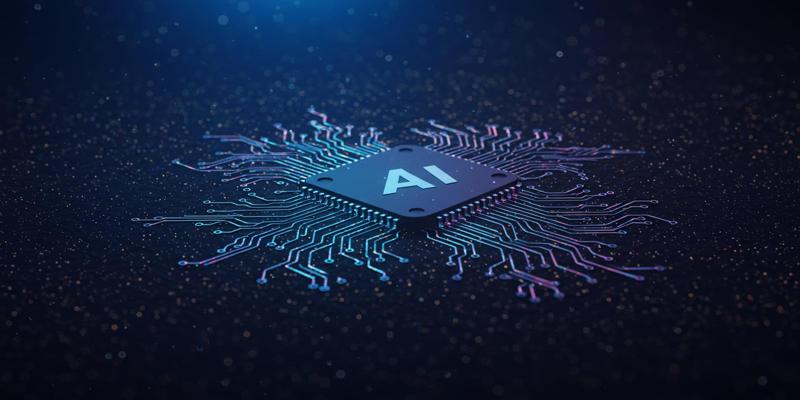
How to evaluate Agentic AI systems with modern metrics, frameworks, and best practices to ensure effectiveness, autonomy, and real-world impact in 2025.

AIOps redefines IT operations by leveraging AI to reduce costs, enhance efficiency, and drive strategic business value in a digital-first world.

Selector is a versatile platform for anomaly detection and network security, using advanced AI for precise threat identification and prevention.

How IT monitoring platforms enhance system reliability, enable faster issue resolution, and promote data-driven decisions.

How AI-powered automation is transforming network operations, delivering efficiency, scalability, and reliability with minimal human intervention.
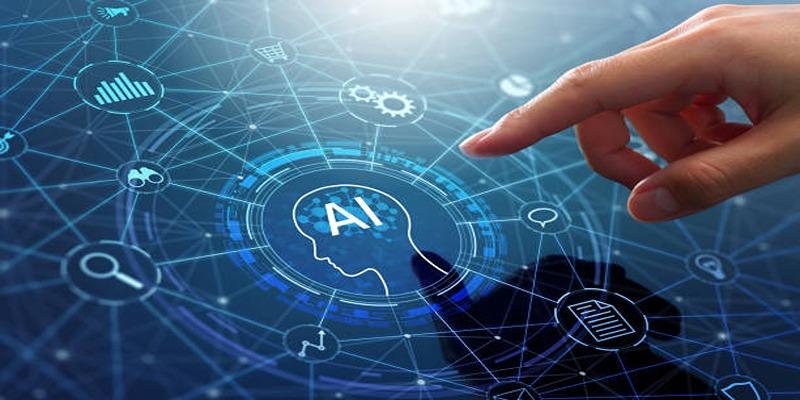
How AI enhances forecasting accuracy while addressing limitations like rare events and data quality through human-AI collaboration.

Find out how to stop X from using your posts to train its AI models.

Explore how ChatGPT’s AI conversation feature works, its benefits, and how it impacts user interactions.

How data mining empowers businesses with insights for smarter decisions, improved efficiency, and a competitive edge.
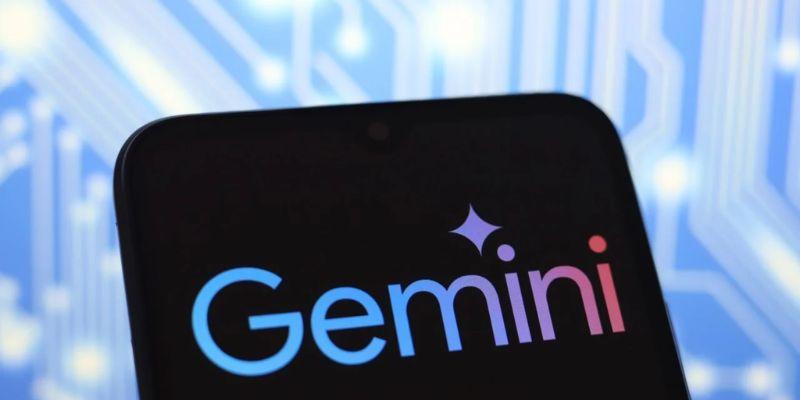
Google’s Gemini Live now works on most Android phones, offering hands-free AI voice assistance, translations, and app control

Google’s Gemini 2.0 boosts AI speed, personalization, and multi-modal input with seamless integration across Google apps